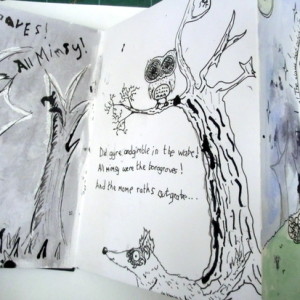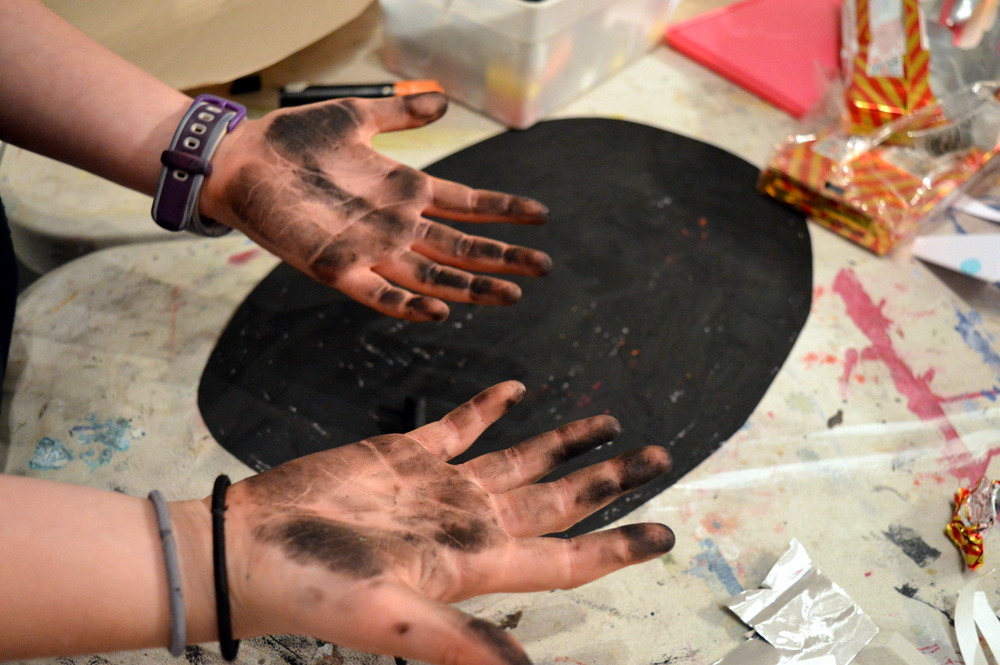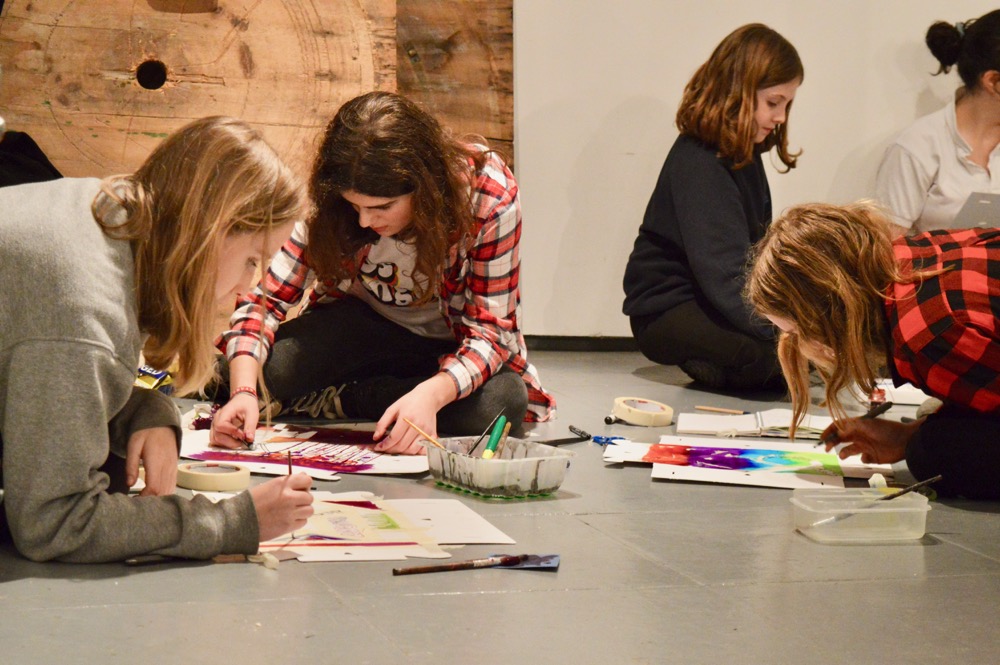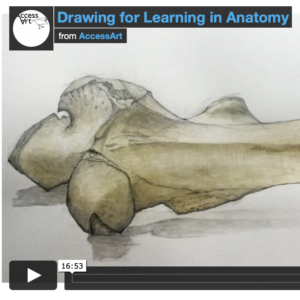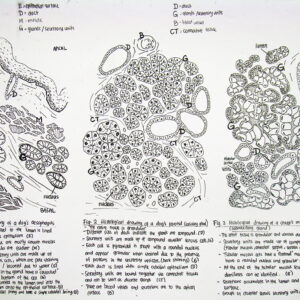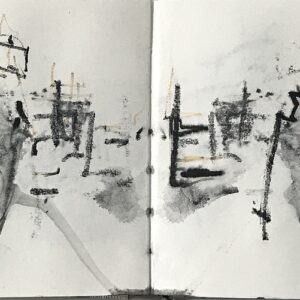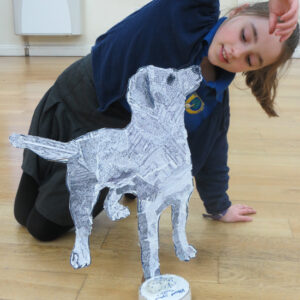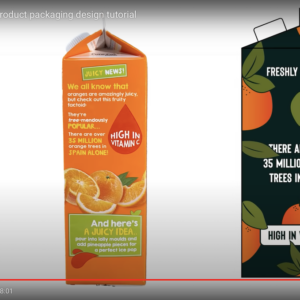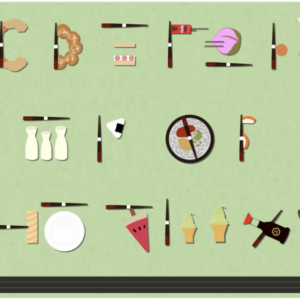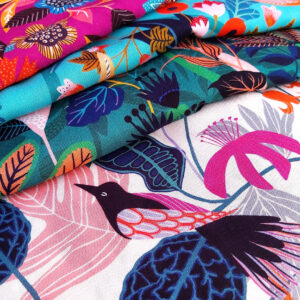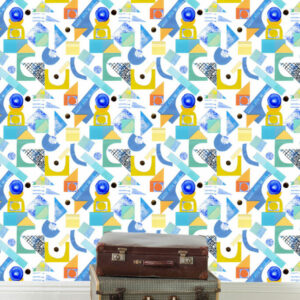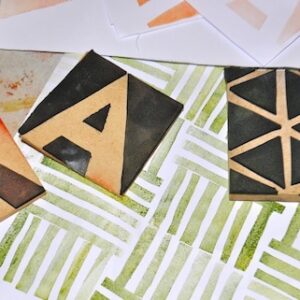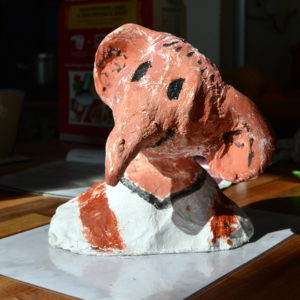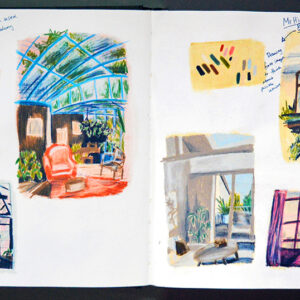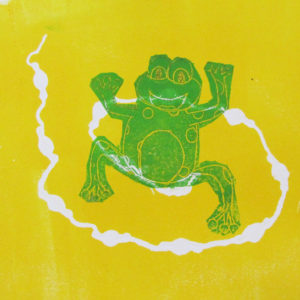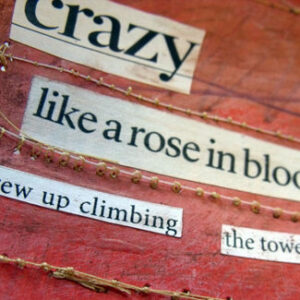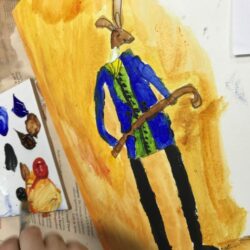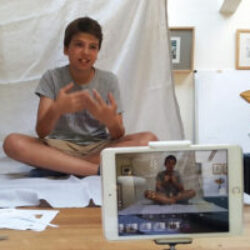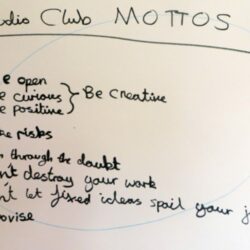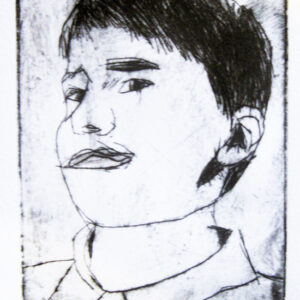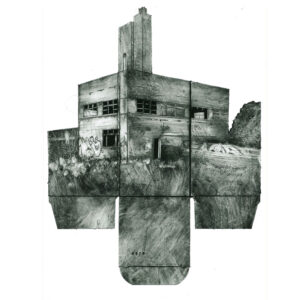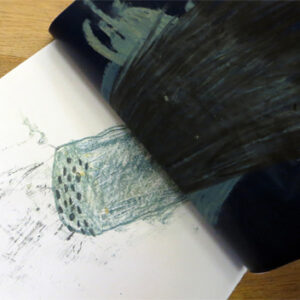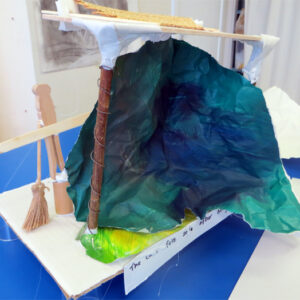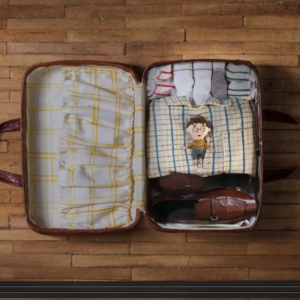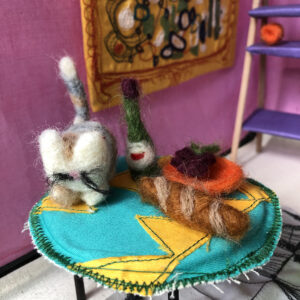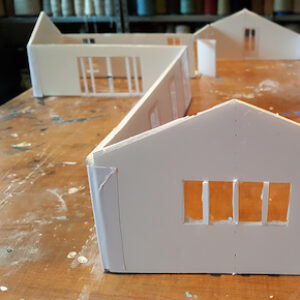By Yu-Ching Chiu
In this resource, illustrator Yu-Ching Chiu shares with us the process of creating her silent book Rabbit, Cactus, Accident. This post may be of interest to students thinking about how they might create their own illustrated book.
Join AccessArt to access the full post below.
To access all content, I would like to join as…
An Individual
Creative practitioners, educators, teachers, parents, learners…
An Organisation…
Schools, Colleges, Arts Organisations: Single and Multi-Users
AccessArt is a UK Charity and we believe everyone has the right to be creative. AccessArt provides inspiration to help us all reach our creative potential.
What We Like About This Resource…
“I really like how Yu-Ching’s process combines hand-drawing and painting, before moving across to digital. Combining those processes ensures that the illustrations retain a very warm, tactile look to them, but the digital element refines the imagery. We really like what Yu-Ching says about the benefits of silent books being universally understood and feel that the benefits and challenges of not using words means that the imagery has to be really clear, which encourages lots of exciting creative problem-solving.” – Tobi, AccessArt
You May Also Like…
Creating a Storyboard and dummy book

Drawable: the 3 Panel Challenge
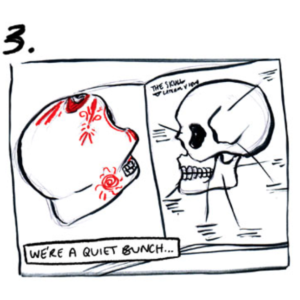
Drawable: My Tiger Sketchbook
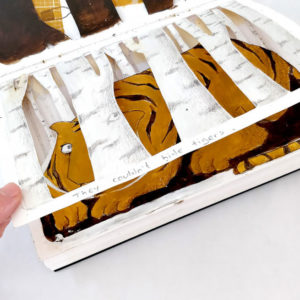
Illustrating The Jabberwocky
